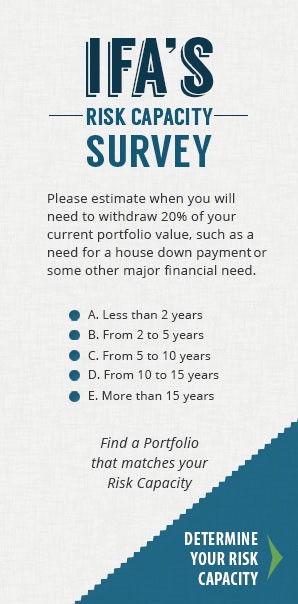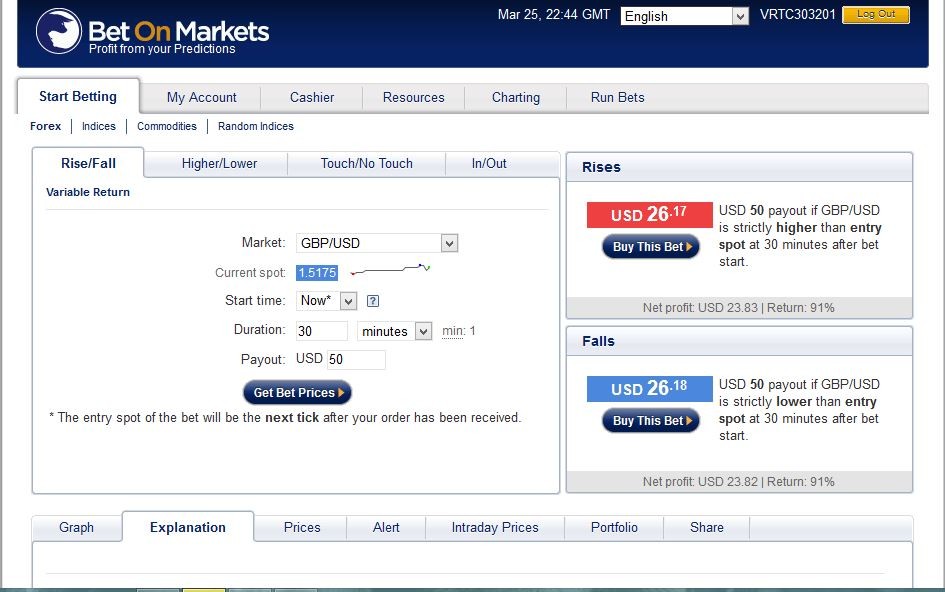A Guide to Equity Index Construction Risk Books
Post on: 16 Март, 2015 No Comment

Overview
Equity indexes must be constructed by a defined set of transparent rules. This accessible handbook provides clear guidelines and critical insight into the science and methodology of index construction.
Book description
Equity indexes out-perform the majority of active fund management strategies. Not only will this book teach the reader to construct an optimal index, but it will also assist fund managers to know their enemy.
Index construction is an important scientific process. There are now estimated to be 14 trillion Euros of equities under professional management, and theory suggests that these funds should have an appropriate benchmark in order to match assets and liabilities.
A Guide to Equity Index Construction presents readers with an independent explanation of the processes of methodical index construction. It also addresses the inefficiencies in the construction process that could potentially be exploited by active managers, or those wishing to refine the process, in order to create better indexes in the future.
Documenting best practice and keeping mathematical formulae to a minimum, this guide provides a straightforward set of rules and all the tools and techniques you will need to construct an equity index.
With over 20 years experience in the fund management industry, author Daniel Broby, presents a clear and workable methodology and:
- equips you with the skills to construct an optimal index;
- debates the issue of an appropriate benchmark for equity funds;
- shows the link between the CAPM and index construction;
- helps you to understand the nature of the underlying return series;
- makes better fund managers out of active managers through an improved understanding of benchmark construction;
- enables you to differentiate between the myriad of derivative and synthetic ways to gain exposure to an index.
This powerful reference manual is recommended for fund managers, index constructors, quantitative analysts, risk analysts, CIOs, institutional relationship managers, financial journalists, finance students and academics.
Book details
ISBN 9781904339779 Publish date 2 Apr 2007 Format Size 155mm x 235mm
Author biography
Daniel Broby
As a senior figure in the asset management industry, Daniel Broby is a champion of capital markets. His focus on high level principals, integrity and best practice underlie his professional success.
Daniel built his career on the back of a strong grounding in finance theory. He has an MPhil in economics and an MSc in investment analysis. He was elected an individual member of the London Stock Exchange in 1990; is a Fellow of Chartered Institute of Securities and Investment; a Fellow of CFA UK; and a Visiting Fellow at Durham University. He was presented with the CFA Institutes Society Leader Award in 2006.
Daniel has had a number of C level positions at the largest asset managers in Scandinavia and Russia. These include chief executive officer, chief investment officer and chief portfolio manager. His career, however, has revolved around the London market. He was a board member of CFA UK, and it predecessor, for over 10 years.
Daniels focus has always been active asset management. His success in investment performance was recognised by Morningstar who rated the flagship fund he managed for eight years with five stars
Daniel has pioneered a number of investment solutions. He introduced the first regulated hedge fund and pioneered structured products in the Danish market. He has launched various investment funds, including a number focused on frontier markets such as Africa.
Daniel has written two highly recognised books on the profession and numerous articles for industry journals. He was commissioned by the Financial Times to write The Changing Face of European Fund Management .
Daniel has also contributed to the body of financial knowledge by writing A Guide to Equity Index Construction for Risk Books. Securities & Investment Review observed that it explores in intricate detail the various workings of modern portfolio theory, choosing a benchmark, measuring risk and sampling and selection procedures. Professional Investor magazine opinioned that rarely does a book genuinely represent a first in its field.

Table of contents
1. The Index and Modern Portfolio Theory Introduction
Introduction
Levelling the playing field
Capturing systematic returns
Choosing between arithmetic and geometric approaches
Benchmark methodology: total capitalisation method
Benchmark methodology: price-weighted method
Benchmark methodology: equal weighted method
Should the benchmark adjust for free float
The importance of brand
Case Study: choosing a benchmark index for the Norwegian Petroleum Funds equity investments
Conclusion
3. Taking risk into account
Efficiency as a moving target
Efficiency and the economy
Pricing efficiency
Operational efficiency
The benchmark as a proxy for the market portfolio
Issues with achieving a pure market proxy
Free float and index efficiency














